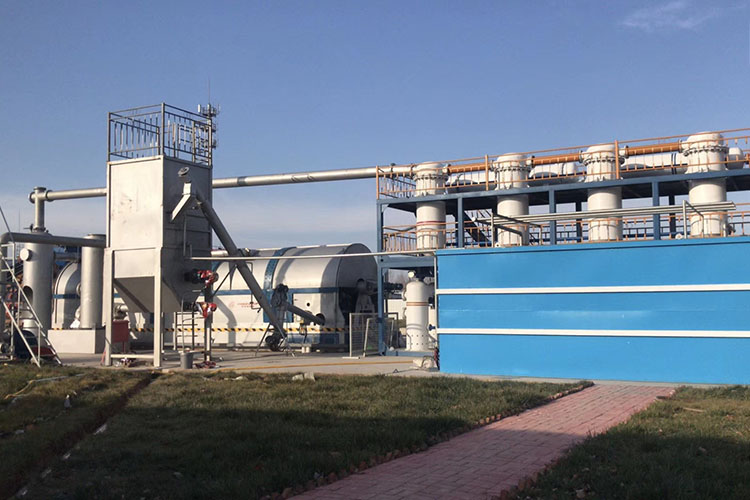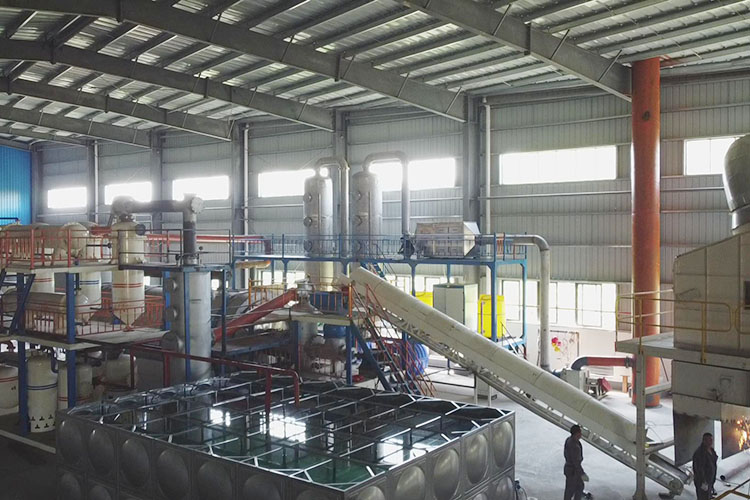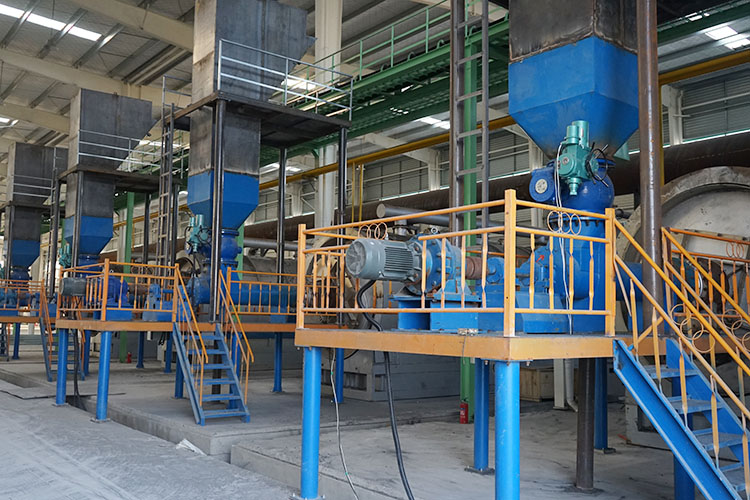In the modern sewage treatment process, sludge treatment has become a key and complex link. The selection and use of sludge treatment equipment are crucial for improving treatment efficiency, reducing environmental impact, and lowering operating costs. The composition of sludge treatment equipment can be roughly divided into several main categories, including concentration, dehydration, drying, incineration, stabilization, and chemical treatment. Each type of equipment plays a different role in the sludge treatment process and has its own advantages.
Sludge concentration is the first step in sludge treatment, with the main purpose of reducing the volume of sludge and preparing for subsequent treatment processes. Concentrating equipment includes belt thickeners, centrifugal thickeners, and disc thickeners. Belt thickeners separate sludge from water through a belt mesh, centrifugal thickeners use centrifugal force to separate solids and liquids, and disc thickeners concentrate through the rotation and gravity of multiple discs. The main advantage of these devices is that they can effectively increase the solid content of sludge, reduce volume, lay the foundation for dewatering and drying stages, and reduce the difficulty and cost of subsequent treatment.

Sludge dewatering is the second important step in sludge treatment, which aims to further remove moisture from the sludge and reduce its volume. Common sludge dewatering equipment includes belt dewatering machines, centrifugal dewatering machines, and spiral dewatering machines. Belt dewatering machines dehydrate sludge through belt nets and pressure, while centrifugal dewatering machines use centrifugal force generated by high-speed rotation to achieve dewatering. Spiral dewatering machines separate solids and liquids through the rotation of the screw. The advantage of these devices is that they can significantly reduce the volume of sludge, improve the stability of solid waste, and provide a more convenient form for subsequent treatment or disposal.
Sludge drying is the third stage of sludge treatment, which aims to further dry the dehydrated sludge, reduce its volume, and improve energy recovery efficiency. Drying equipment includes hot air drying machines, drum drying machines, and flash drying machines. The hot air dryer evaporates the moisture in the sludge through hot air, the drum dryer uses a rotating drum for heating and drying, and the flash dryer rapidly evaporates the moisture in the sludge through rapid heating. The main advantage of drying equipment is that it can convert sludge into a more easily processed dry form, further reducing volume, and in some cases recovering heat energy, achieving resource reuse.
Sludge incineration is another important method for treating sludge, and its main equipment includes incinerators and gasifiers. The incinerator thoroughly processes the sludge into ash through high-temperature combustion, while releasing heat energy. The gasifier converts the sludge into gas and solid residue through gasification reaction. The main advantage of incineration is that it can minimize the volume of sludge and has high energy recovery and utilization, resulting in less residue after treatment, which helps to reduce the burden on the environment.
Sludge stabilization is an important step in treating sludge, mainly through equipment such as composting and anaerobic digestion. Composting facilities convert sludge into organic fertilizer through the action of microorganisms, while anaerobic digesters decompose sludge under anaerobic conditions, producing biogas and stable sludge residue. The advantage of stabilization is that it can reduce the organic matter content of sludge, reduce its impact on the environment, and the generated biogas can be used for energy recovery, achieving resource reuse.

Finally, the chemical treatment equipment for sludge, including chemical mixing reactors and chemical dosing systems, changes the physical and chemical properties of sludge by adding chemical agents to improve its dewatering or stability. The advantage of these devices lies in effectively improving the treatment efficiency of sludge through chemical means, and enhancing the performance of subsequent treatment and disposal.
Overall, sludge treatment equipment achieves the goals of reducing sludge volume, improving treatment efficiency, resource recovery, and environmental protection through different treatment stages and synergistic effects. Each device has its unique advantages, and through reasonable configuration and use, it can effectively address the challenges of treating different types of sludge and contribute to environmental protection.
Yongle Environmental Protection is mainly engaged in the research and development, production and sales of complete sets of technical equipment for organic solid waste disposal and comprehensive utilization. Production and manufacturing, domestic waste treatment equipment, tire pyrolysis equipment, medical waste disposal equipment, hazardous waste disposal equipment, and achieve efficient and comprehensive utilization of resources through independently developed low-temperature anaerobic pyrolysis equipment technology solutions.
Tags:Composition and advantages of sludge treatment equipment,Sludge treatment equipment,YONGLE GROUP
 Latest news
Latest news



























